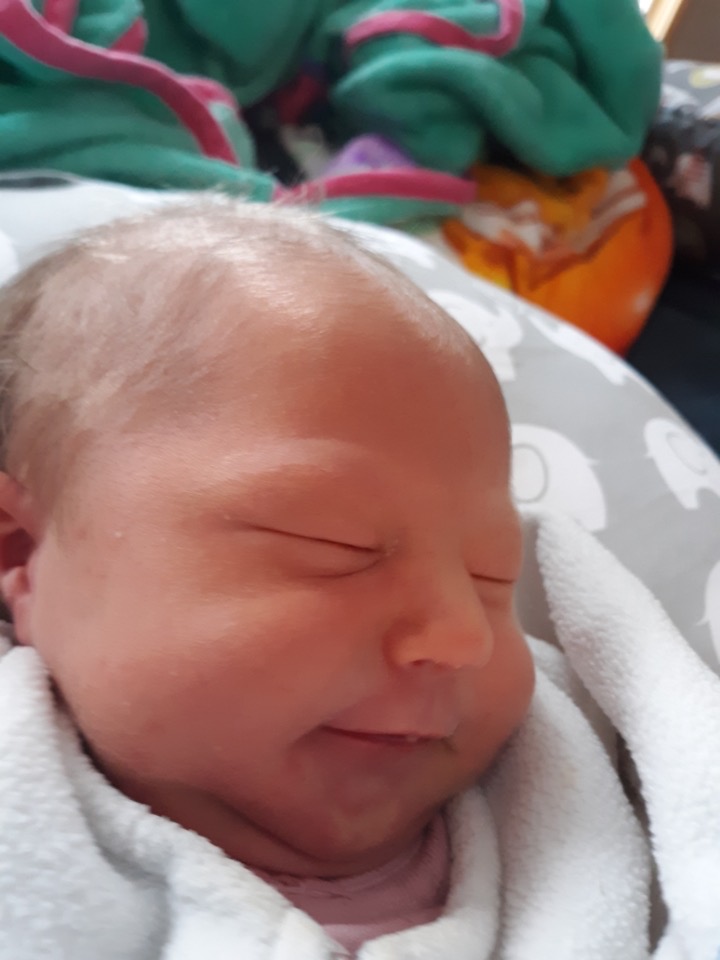I have always taken the summer off from blogging, but somehow this summer blurred into fall, and now we’ve had our first snowstorm in Minnesota, with nine inches of the white stuff.
Normally I would be consoling myself by planning a trip. Not this year. My pal Lynn invited me to join her and some other friends in Crete this past May, and that was cancelled thanks to Covid. She’s rebooked it for next May but I can’t work up the enthusiasm to start thinking about it. I did search airfares to Scotland for New Year’s—or Hogmanay as they call it. Fares are about the same as ever but a pop-up informed me that the UK “may impose restrictions on travelers from the US.” Yeah. Forget it.
On the home front, I continue to do contract work for several nongovernmental organizations. Every morning I scan for potential funding opportunities. Here are my Top 9 favorite funding opportunities:
- Development of Solomon Islands National Saltwater Crocodile (Crocodylus Porosus) Management Plan and Harvest/Monitoring
- Arkansas Feral Swine Eradication and Control Pilot Program
- U.S. Mission to Turkmenistan: Developing Potential of the Women Entrepreneurs in Fashion Design
- Addressing Sorcery Related Violence in Papua New Guinea
- Magnetic Levitation Technology Deployment Program
- Consultancy for Construction Supervision of Fecal Sludge in Ethiopia
- Provision of Civil Works for Fixing a Tarpaulin
- Department of Defense, Science of Atomic Vapors for New Technologies (SAVaNT)
- Provision of Services for Collaborative Computational Deep Phenotyping of Irritability
I want to know what the US National Institute on Drug Abuse learns about that last one. I think we could all use some insights into the origins of irritability.
—
I am also working a couple short shifts a week at the YMCA in the childcare center. The staffing and shifts have already been cut back since re-opening because, who wants to go to a gym and potentially expose themselves and their children to Covid? Actually, it’s so dead there that I don’t worry about catching Covid but I do worry about the YMCA going under and hundreds more people losing their jobs.
My “Friday Fundays” with my two step granddaughters has come to an end with the cold weather. They began calling it Friday Funday without any prompting, so I must be fun! I sure don’t feel fun most of the time. I’m so glad I got to spend the quality time with them outdoors, before Covid began to spike again.
Because …. The big news is that my son Vince and his wife Amanda had a baby girl a week ago! Now I will subject my readers to even more cute kid pictures. Vince turned 42 two days later. Those of you who have been reading the blog for a while, or who have read our book, will know how significant this is for him to go from prison to parenthood.
It’s even more of a big deal for me than for most new grandparents. I have two biological grandchildren I have never met and will likely never meet. I have two step grandchildren—I hate that term—and now I have a bio grandchild who is in my life but … Covid.
—Imagine, being totally oblivious to all the ills of the world. No regrets, no bills, no chores. No Covid, no global warming, no Trump.
—
Maybe because I have had so many losses in my life, my brain generates worst-case-scenarios. They come unbidden when I least expect them, and now they involve Elsee. They are deeply distressing, so I am working on multiple fronts to stave them off. I am writing out my feelings and thoughts using Cognitive Behavioral Therapy. This 10-day Lovingkindness meditation challenge was very helpful. Jewish Family Service got Covid funding to provide three free mental health counseling sessions and I am taking advantage of that. You don’t have to be Jewish to tap into this resource, if you need a therapy “booster shot.”
For some reason I think “I should be doing better” but why? Logically, I know my brain is generating these scenarios in a misguided effort to cope with Covid and all the other distressing news of the day.
I hope you are doing okay!






























